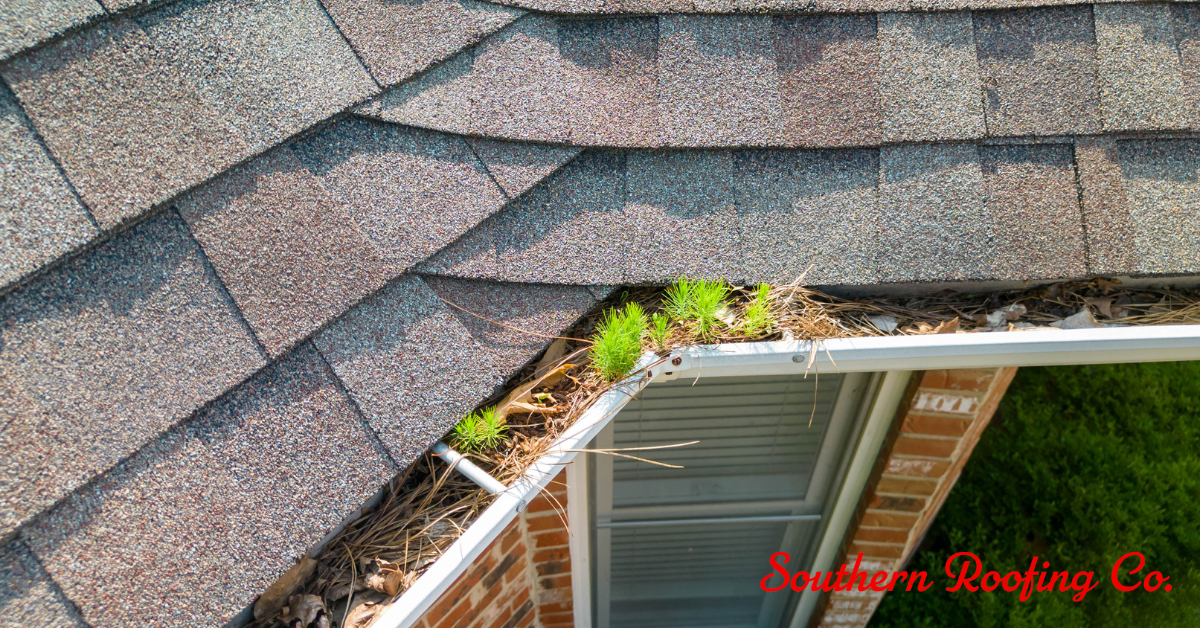
Gutters play a crucial role in protecting your home from water damage by directing rainwater away from your foundation and landscaping. However, gutters can easily become clogged with leaves, twigs, and debris, especially after the fall and spring seasons. Neglecting gutter maintenance can lead to serious problems, including roof damage, foundation issues, and interior water damage. In this guide, we'll walk you through the steps to clean your gutters effectively, helping you maintain your home’s integrity and prevent costly repairs.
Understanding the Importance of Gutter Cleaning
Prevents Water Damage
Clogged gutters can cause water to overflow, which can lead to damage to your home’s siding, foundation, and landscaping. Regular cleaning ensures that water is efficiently channeled away from your home.
Protects Roofing
When gutters are blocked, water can back up onto the roof, causing rot and damage under the shingles. Keeping your gutters clean helps protect the longevity of your roof.
Reduces Pests
Gutters clogged with debris can become breeding grounds for pests like rodents and insects. Clean gutters help prevent pest infestations that can lead to further damage or health concerns.
Safety First
Before starting, it’s important to prioritize safety:
- Use a Stable Ladder: Ensure your ladder is sturdy and securely positioned. If possible, have someone hold the ladder while you work.
- Wear Gloves: Gloves protect your hands from sharp objects and debris.
- Wear Safety Goggles: Protect your eyes from dirt, debris, and insects.
- Check the Weather: Never clean gutters in inclement weather conditions.
Materials Needed
Prepare the following tools and materials before beginning:
- Ladder
- Work gloves
- Safety goggles
- Garden hose with a spray nozzle
- Gutter scoop or a small plastic shovel
- Bucket for collecting debris
- Rake or broom (for roof debris)
- Gutter guards (optional, for future protection)
Step-by-Step Guide to Cleaning Your Gutters
Step 1: Remove Debris from the Roof
Before cleaning the gutters, use a broom or rake to clear debris from the roof.
This prevents additional debris from washing into the gutters during the next rainstorm.
Step 2: Clear Large Debris from Gutters
Using a ladder, carefully climb to the height of your gutters.
Begin at the downspout and remove leaves, twigs, and any visible debris by hand or with a gutter scoop.
Step 3: Flush the Gutters with Water
After removing the bulk of the debris, use a garden hose to flush the gutters.
Start from the end opposite the downspout to allow clear water to flow through.
Watch the flow of water to make sure it moves freely through the gutters and out the downspouts. If water backs up, there may be a clog.
Step 4: Clear Any Clogs in Downspouts
If water isn’t flowing freely from the downspouts, they may be clogged.
To clear a clog, tap gently on the side of the downspout. If that doesn’t work, use a plumber’s snake to remove the blockage.
Step 5: Inspect and Repair Any Gutter Damage
Look for any signs of sagging or damage to the gutters.
Secure any loose sections and replace damaged parts as necessary.
Step 6: Consider Installing Gutter Guards
To reduce future cleaning and maintenance, consider installing gutter guards.
These devices help prevent debris from entering the gutter, thereby minimizing clogs.
Regular Maintenance Schedule
To keep your gutters functioning properly, clean them at least twice a year—once in late spring and again in early fall. Additionally, it’s wise to check gutters after big storms.
Regular gutter maintenance is key to protecting your home from serious water-related damage. By following these steps, you can ensure that your gutters are clean and fully functional. Remember, if you encounter any issues that require professional attention, don’t hesitate to contact a trusted roofing company like Southern Roofing Co.!

